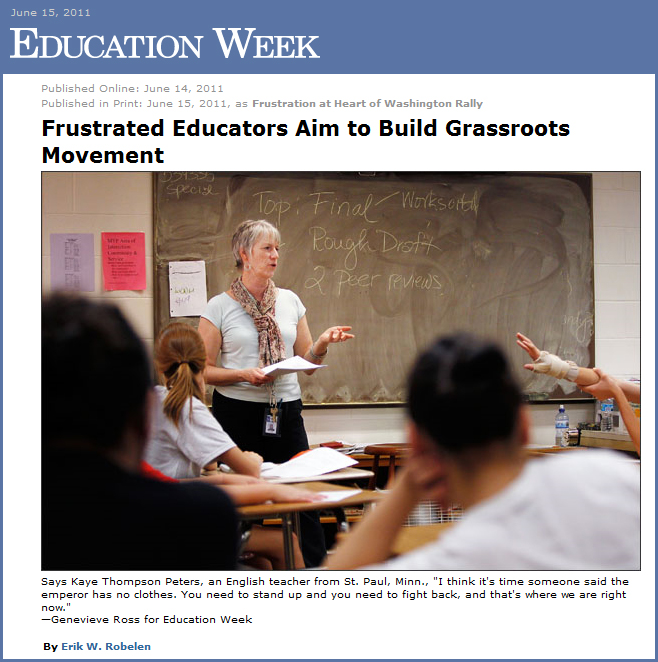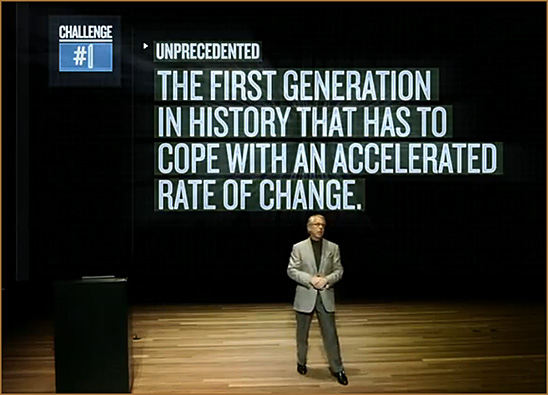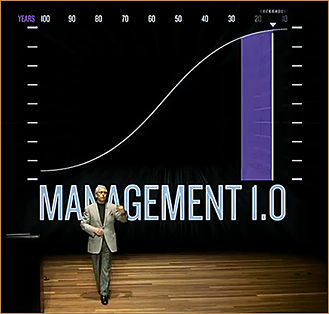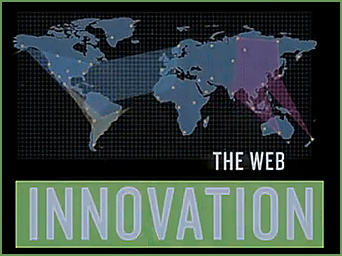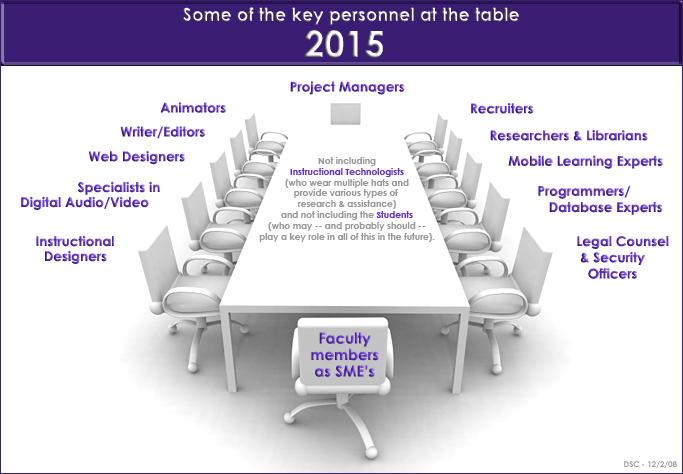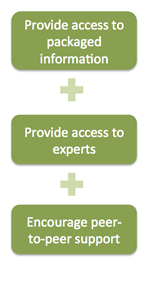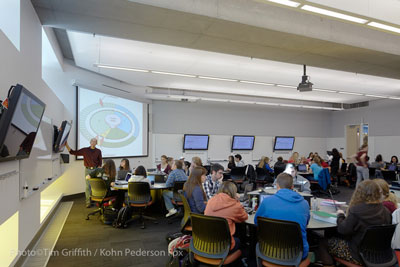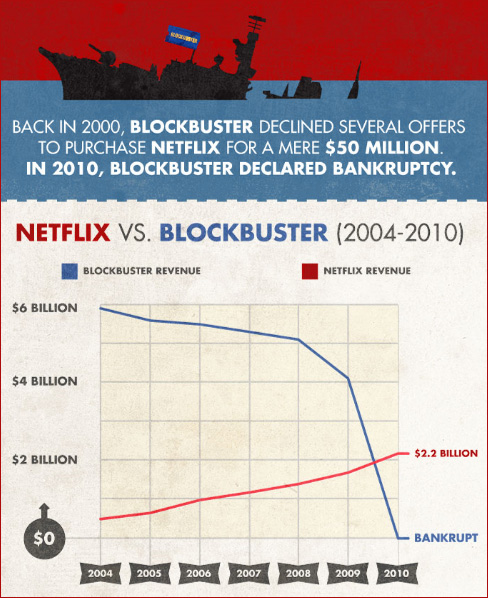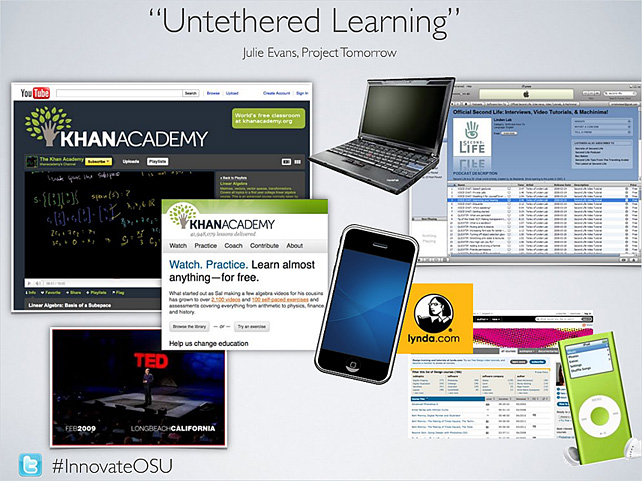A technology broadside against school leadership preparation programs — from BigThink.com by Scott McLeod
Excerpt:
If every other information-oriented societal sector is finding that transformative reinvention is the cost of survival in our current climate, schools and universities shouldn’t expect that they somehow will be immune from the same changes that are radically altering their institutional peers. We shouldn’t pretend that these revolutions aren’t going to affect us too, in compelling and often as yet unknown ways. And, yet, for some reason we do.
As long-existing barriers to learning, communicating, and collaborating disappear – and as what it means to be a productive learner, citizen, and employee shifts dramatically – it’s worth asking how we as educational leadership faculty and programs are responding. Are we doing what we should? To date the evidence is pretty clear that most of us are not.
…
Can we as educational leadership faculty do better? Given the scale and scope of the transformations occurring around us – and their power and potential for student learning – we MUST do better. It’s embarrassing to consider how little we’ve done to stay relevant. A learning revolution has occurred and – given the attention we’ve paid it – it’s as if many of us didn’t care.
From DSC — also see:









